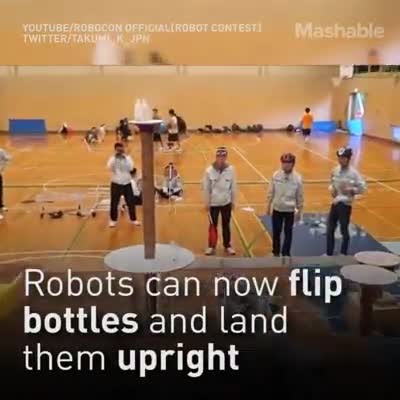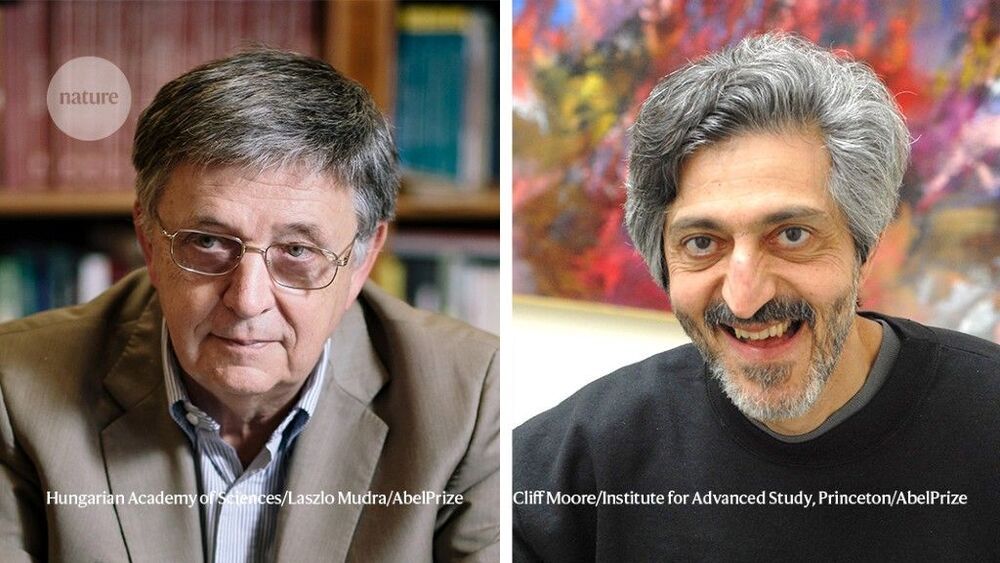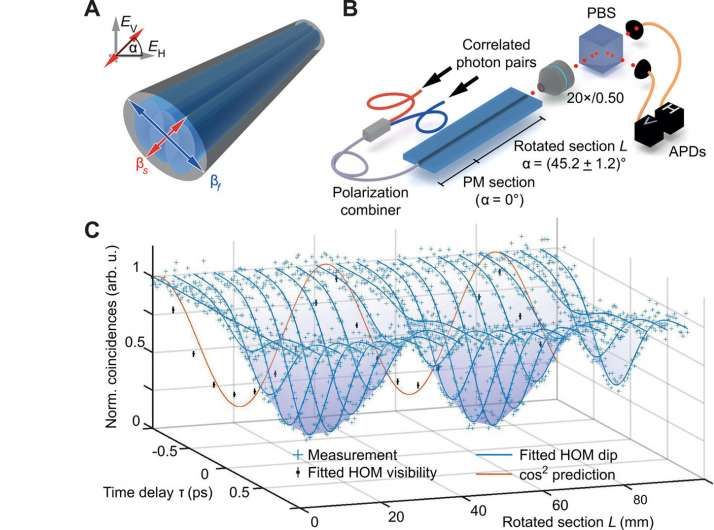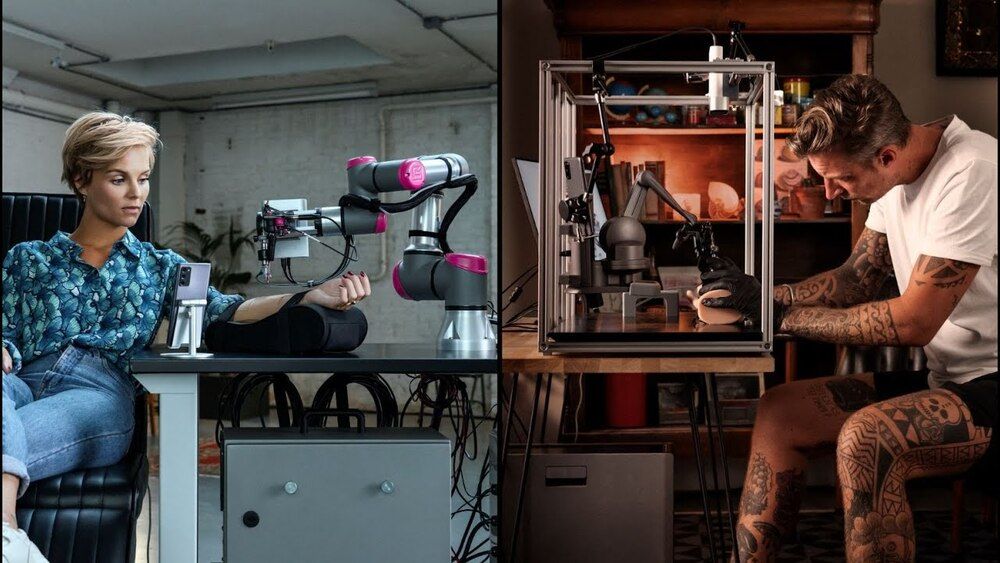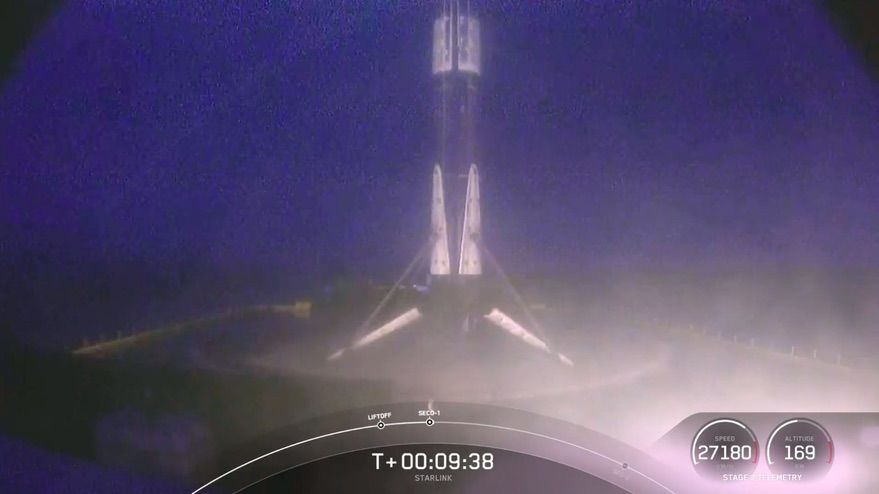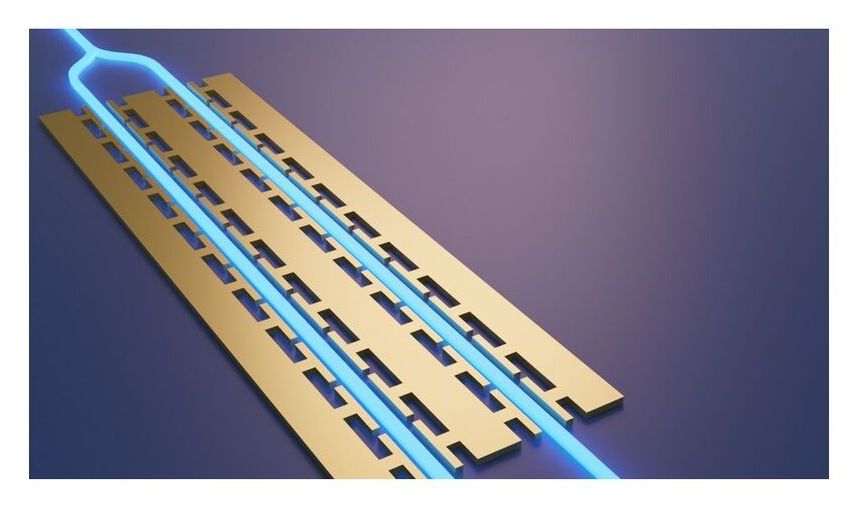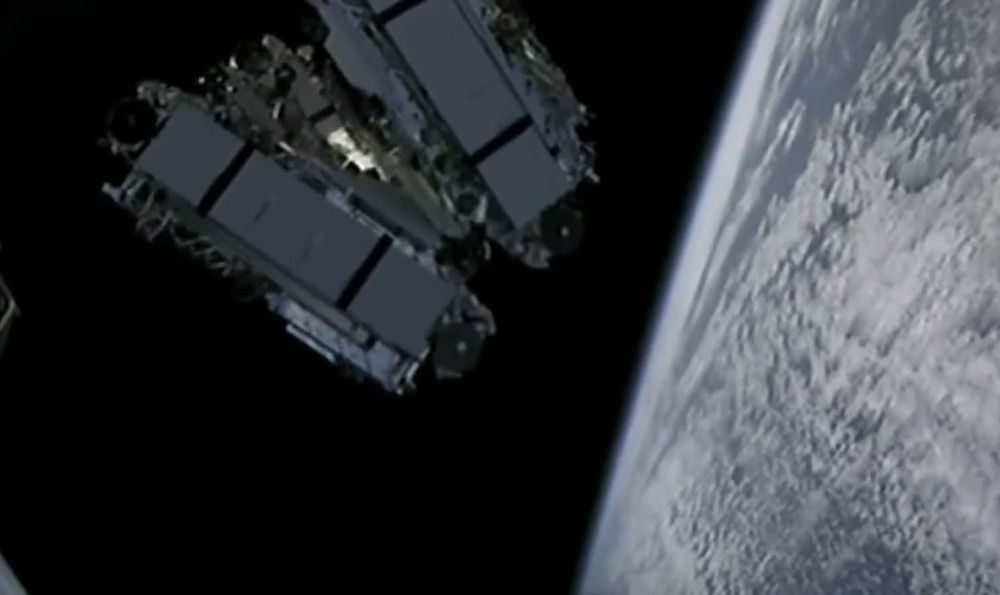Mar 20, 2021
Thought-detection: AI has infiltrated our last bastion of privacy
Posted by Brent Ellman in categories: Elon Musk, food, internet, robotics/AI
“Ahsan Noor Khan, a PhD student and first author of the study, said: “We’re now looking to investigate how we could use low-cost existing systems, such as Wi-Fi routers, to detect emotions of a large number of people gathered, for instance in an office or work environment.” Among other things, this could be useful for HR departments to assess how new policies introduced in a meeting are being received, regardless of what the recipients might say. Outside of an office, police could use this technology to look for emotional changes in a crowd that might lead to violence.”
Research from the UK and an update from Elon Musk on human trials at his brain interface company show software is now eating the mind.
Continue reading “Thought-detection: AI has infiltrated our last bastion of privacy” »

